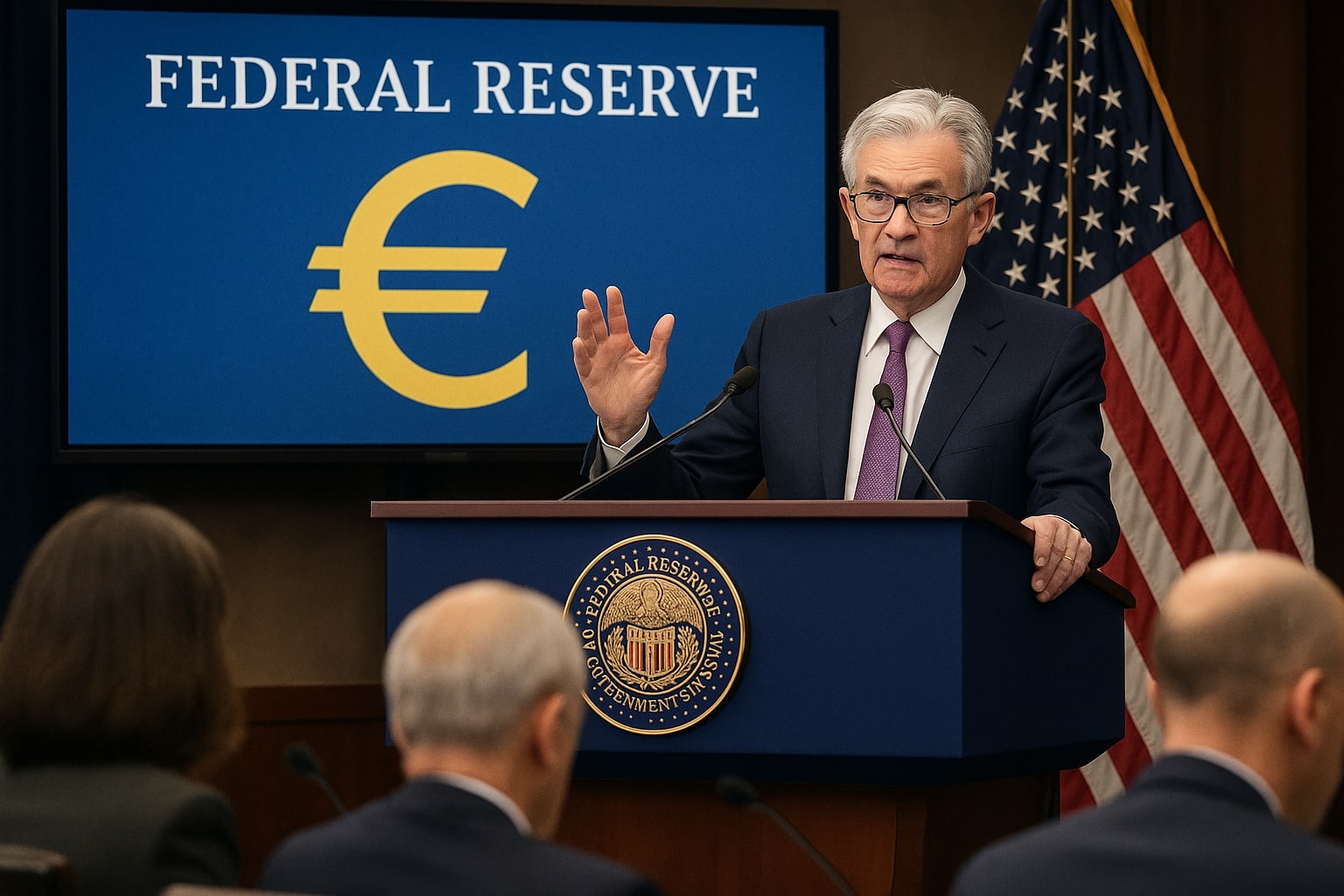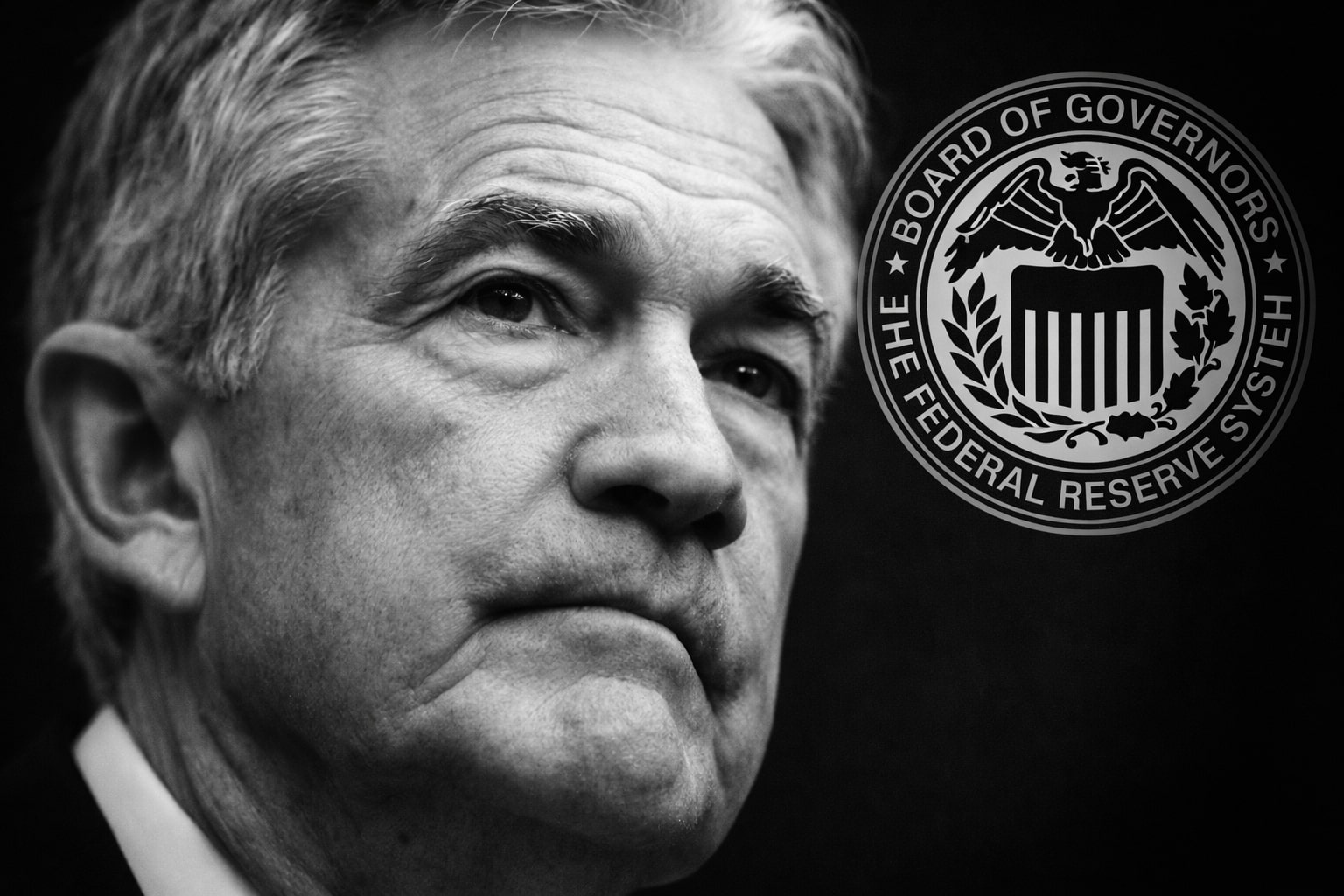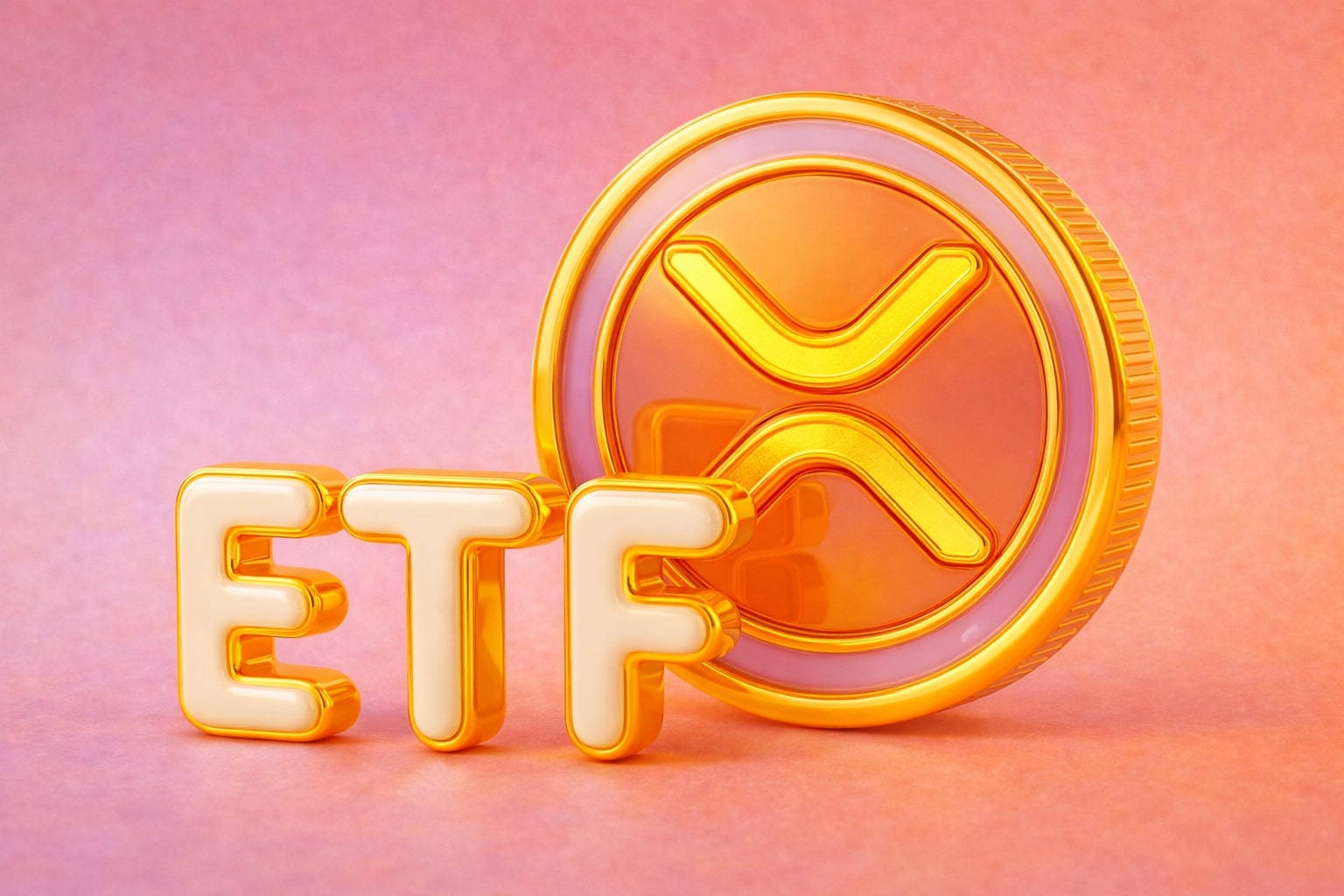EUR/USD Price Action Analysis: Is a Breakout Imminent?
The current EUR/USD price action remains in a technically bullish structure, yet it has struggled to maintain upward momentum above the key resistance zone at 1.1400, signaling that the buyers may be losing steam. The pair has seen a series of price compressions, with price movement contained within the 1.1240-1.1400 range. A breakout from this symmetrical triangle formation could trigger significant volatility and set the tone for the next leg of the move. However, there is a fine balance between bullish continuation and potential downside correction, with several key levels in play.
Technical Setup: Compression Before the Breakout
EUR/USD has been trapped in a symmetrical triangle pattern for several days, with support near 1.1240-1.1275 and resistance close to 1.1400. This triangle setup is a classic sign of indecision in the market, where price movements are becoming more compressed as traders wait for a catalyst. As the Federal Reserve prepares to release its interest rate decision, markets are on edge, with a 95.6% probability that rates will remain unchanged. However, market sentiment will be heavily influenced by the tone of Chairman Jerome Powell's speech, which could sway expectations for future rate hikes or cuts.
If EUR/USD manages to break above 1.1400, the next target will likely be the April high at 1.1573, followed by 1.1600, and potentially the 2021 Fibonacci retracement level at 1.1747. However, failure to break above this resistance zone could prompt a correction toward the 1.1213-1.1160 support region, where demand from buyers may emerge to push prices higher again.
Macroeconomic Divergence: Eurozone Strength vs. U.S. Uncertainty
Recent economic data from the Eurozone paints a mixed picture. On the positive side, Germany posted a surprising 3.6% month-over-month rise in factory orders for March, well above the forecasted 1.3%. Additionally, France posted a positive current account balance, further strengthening the Euro sentiment. However, weaker-than-expected retail sales figures from Italy and other regions of the Eurozone have cast some doubt on the broader economic outlook. With consumer demand showing signs of fatigue, these mixed economic signals are a reminder of the challenges the Eurozone faces.
Meanwhile, the United States is facing its own set of uncertainties. Although there is a belief that the U.S. is heading toward a recession, key sectors like the jobs market remain resilient, making it difficult for the Fed to act decisively. The expectation of U.S.-China trade talks in Switzerland is adding further volatility to the market, as any shifts in trade policy could influence the dollar's strength, thereby impacting EUR/USD.
Federal Reserve’s Influence: Powell's Tone Could Dictate the Path Forward
As the Federal Reserve gears up to announce its policy decision, all eyes are on Chairman Jerome Powell's comments. While it is widely expected that the Fed will hold rates steady, the tone of Powell’s remarks will be key to determining the future direction of the U.S. Dollar and, consequently, EUR/USD. If Powell strikes a dovish tone and signals concerns over inflation due to U.S. tariffs, it could weigh on the USD and allow EUR/USD to break out to the upside. However, a more hawkish tone, indicating that the Fed remains focused on tackling inflation, could limit the Euro’s gains and push EUR/USD back toward the lower end of its range.
Traders are also closely monitoring U.S. inflation data and other key economic releases in the coming days. Should these reports suggest that inflation remains elevated, it would signal to the market that the Fed is unlikely to pivot toward rate cuts anytime soon, which could keep EUR/USD under pressure.
EUR/USD Price Levels to Watch
The 1.1400 level has become a critical line in the sand for EUR/USD traders. A confirmed break above this level would open the door for further gains toward 1.1573 and possibly higher toward the 1.16 zone. On the other hand, a failure to clear this resistance could see the pair retreat toward support levels at 1.1275, 1.1214, and ultimately 1.1160, which represents a critical support zone. If the price falls below 1.1160, a larger correction could unfold, potentially testing the 1.1040 region.
The RSI is currently at 54.86, suggesting that momentum is neutral, with neither bulls nor bears holding a clear advantage. This reflects the market's indecision as it awaits a catalyst for direction. With the triangle formation tightening, a breakout in either direction could lead to strong price movement.
DXY Technical Picture and Its Impact on EUR/USD
The U.S. Dollar Index (DXY) remains key to the price action of EUR/USD. Currently, the DXY is holding above 99.148, which is a critical support level. Should the DXY continue to hold firm, it could provide some upward support for the U.S. Dollar, which would likely keep EUR/USD under pressure. However, a drop below this support level could signal further weakness for the dollar, which would likely benefit the Euro and push EUR/USD higher.
With U.S.-China trade talks scheduled for later this week, the DXY is expected to be influenced by any shifts in market sentiment. Positive developments from these talks could reinforce dollar strength, while any signs of trade tensions escalating could weigh on the dollar, providing a tailwind for EUR/USD.
Outlook: Key Risk Events on the Horizon
The short-term outlook for EUR/USD is highly dependent on the upcoming Fed policy decision, Powell's comments, and U.S.-China trade talks. As the market digests these developments, volatility is expected to rise, especially around key levels like 1.1400 and 1.1160. The EUR/USD pair remains technically bullish over the medium-term, but near-term direction will hinge on a breakout from the current triangle formation.
If the breakout occurs to the upside, EUR/USD could target the 1.1573 level, with 1.1600 as the next major resistance. A failure to break above 1.1400, however, could send EUR/USD back to 1.1160 and below, with deeper corrections potentially testing 1.1040.
In conclusion, while EUR/USD is currently in a consolidation phase, it is on the verge of a breakout. A clear direction will emerge once the market receives confirmation from the Fed and trade talks. Traders should remain vigilant around the 1.1400 and 1.1160 levels, as these will provide critical insights into the next phase of the EUR/USD price action.




















